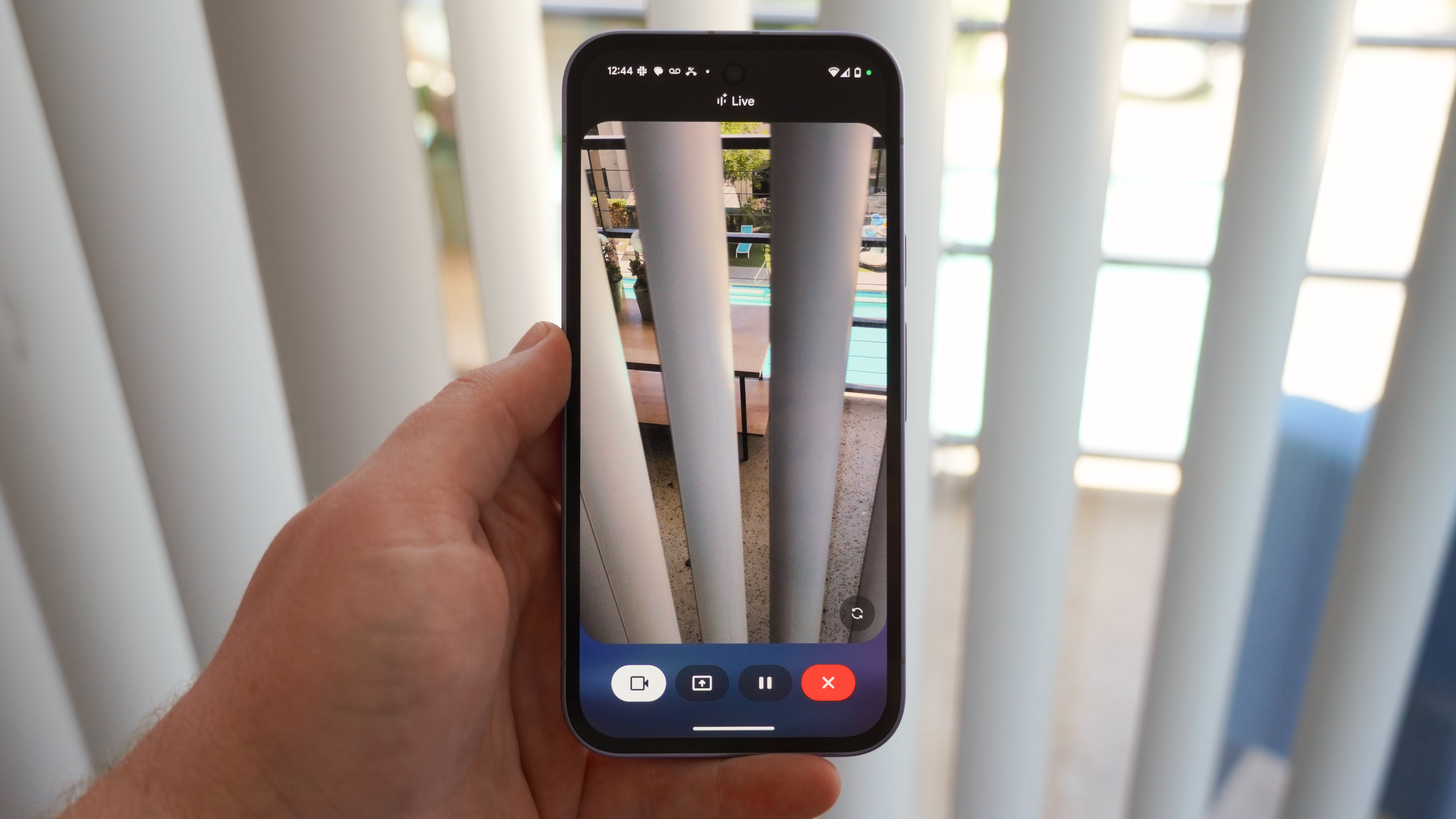Let's talk about the 'Nothing phone'
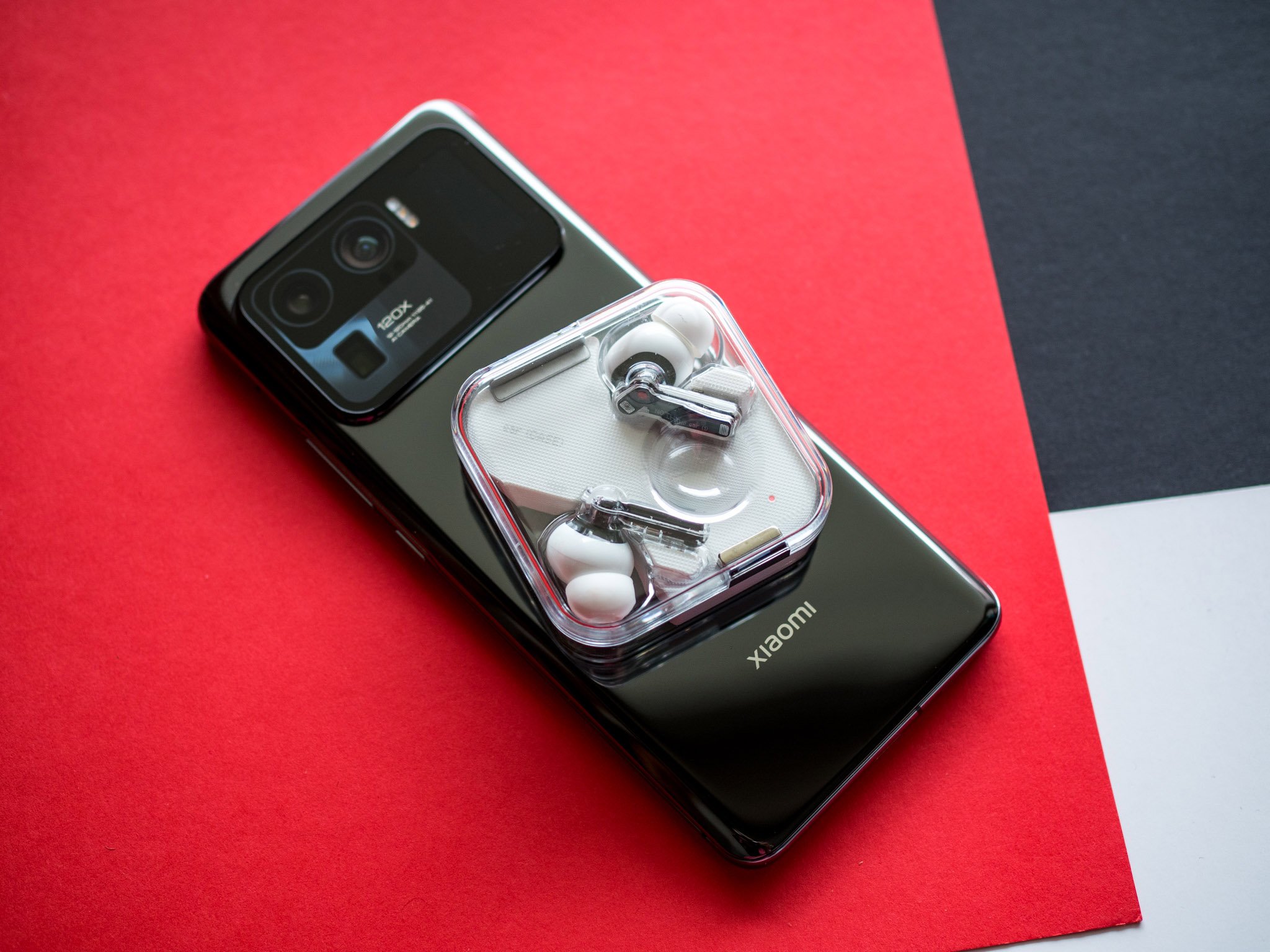
Nothing, the London-based startup founded by Carl Pei, is reportedly working on a smartphone to debut sometime in the first half of the year. While nothing (small-n) has been confirmed officially, it makes sense that one of the five products it's planning for 2022 would be a phone.
Pei, a co-founder of OnePlus, is smartphone nerd royalty and undoubtedly has the connections and experience to bring such a product to fruition. Last October, Nothing inked a partnership deal with Android chip giant Qualcomm. And earlier in 2021 it gobbled up the remains of Essential, the Andy Rubin-founded brand that had planned a range of smart home products, but in the end, only released a single Android handset. In recent weeks the company brought on board Adam Bates, former head of design at Dyson, in a move that would set it up to handle more complex design challenges — such as a modern smartphone.
Most recently, Pei himself is "back on Android" and apparently enjoying it.
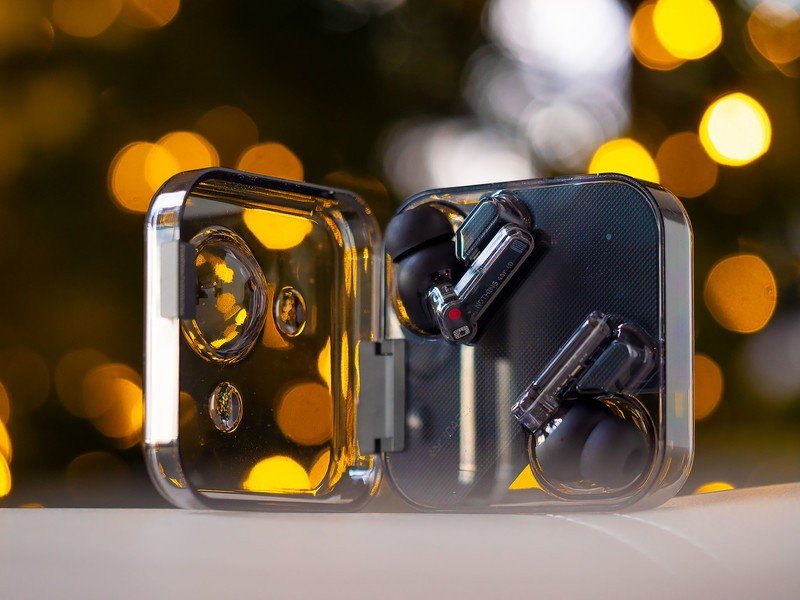
The pieces needed for a Nothing phone to materialize seem to be falling into place.
Many of the pieces needed for a Nothing phone to materialize in 2022 seem to be falling into place. That said, smartphone history is littered with ill-fated products from brands who thought they could break into this notoriously challenging industry. So why should Nothing succeed where the likes of RED, Amazon, Facebook, and BlackBerry have failed?
First and foremost, Nothing has outsized brand cachet. The company boasts an impressive list of tech-celebrity backers, with iPhone and iPod co-creator Tony Fadell, Twitter co-founder Kevin Lin, and YouTuber Casey Neistat among its investors. Then there's Carl Pei himself — a man who became the public face of OnePlus in the West during his time there and has been included on 30 Under 30 and 40 Under 40 lists.
Many of Pei's 367,000 Twitter followers will know him from the glory days of OnePlus, a brand that has pivoted with whiplash intensity over the past year. Once the darling of smartphone enthusiasts, during 2021 OnePlus merged back into parent company Oppo, and in 2022 it looks increasingly like just another big electronics brand. It's also faced software difficulties that paint a stark contrast with the early days of OxygenOS — a simple, clean software platform made to appeal to tech-savvy customers.
A Nothing phone could easily be seen as the spiritual successor to the OnePlus of old, particularly since its brand values seem to align with what OnePlus used to stand for: competitive pricing, minimalist design, and the idea that technology should just get out of the way.
Be an expert in 5 minutes
Get the latest news from Android Central, your trusted companion in the world of Android
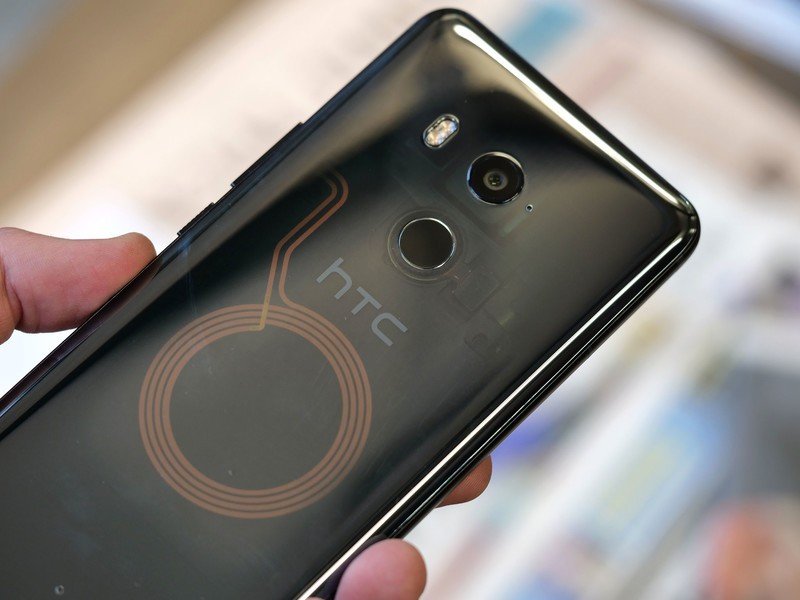
From Nothing's track record, it's pretty clear a hypothetical Nothing phone would be differentiated through design, perhaps bringing the translucent look seen in the Ear(1) buds to such a device. This is something we've seen from the likes of HTC and Xiaomi in the past, though neither brand built its identity around it. (And, arguably, neither executed on it particularly well, with Xiaomi in particular including fake components behind its clear back panel on the Mi 9). It might also take after Essential with a unique form factor or novel approach to the display. Nothing, after all, now owns the work that went into the abandoned Gem, Essential Phone 2 and 3 concepts.
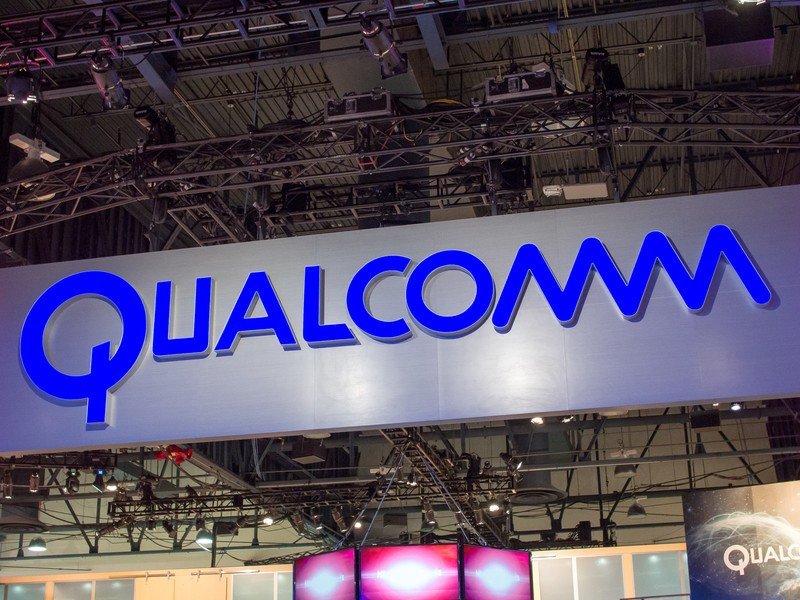
In terms of making it a good phone you'd actually want to buy in an extremely cut-throat marketplace, the path to success is less clear. Nothing is tiny compared to the likes of Apple, Samsung, or even Google's hardware division. And while partners like Qualcomm can offer turnkey solutions in a lot of places — basically, doing the legwork to have the bare bones of a smartphone ready to go — major challenges remain around key areas like imaging. Photography and videography are among the major differentiators for a high-end smartphone, and the likes of Samsung, Apple, Google, and OnePlus have huge teams of engineers dedicated to computational photography and image tuning. Nothing presumably lacks these resources and would need to find a partner capable of bringing its camera system up to speed. In 2022, complex features like portrait mode and night mode are table stakes in everything but bargain-bin smartphones.
Nothing's phone could be differentiated through design but will face technical challenges.
Then there's the supply chain. This was challenging enough when OnePlus was producing its first couple of phones, necessitating the introduction of the invite system to balance supply and demand. But in our current post-Covid chip-shortage world, key components are likely to have been bought up by the big players years ahead of time, leaving little wiggle room for new entrants. Nothing would likely need to lean heavily on an ODM partner to turn around an Android phone anytime soon.
Like the earliest OnePlus devices, a Nothing phone wouldn't need to sell in large numbers or be one of the best Android phones to be seen as a success. And while Nothing has plenty going for it in terms of brand value and awareness —and its founder's close association with the phone industry — the technology and supply chain odds are stacked against it. Even a modestly-successful Nothing phone is far from guaranteed — but if it happens, it'll definitely be one of the year's most interesting Android devices.

Alex was with Android Central for over a decade, producing written and video content for the site, and served as global Executive Editor from 2016 to 2022.
